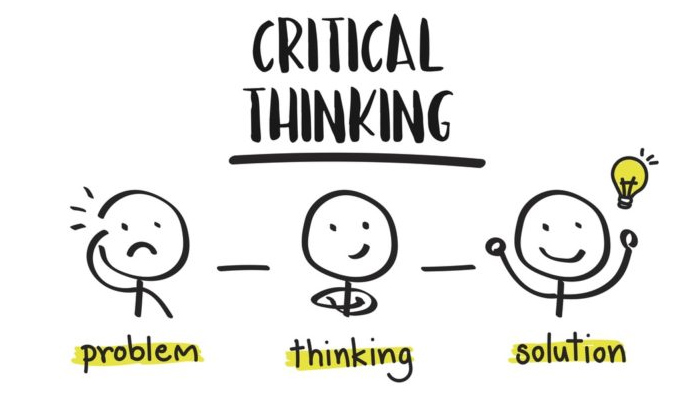There are several strategies for developing students’ thinking skills. The following four tips are useful for developing these skills. First, allow students to talk more. In a student-centered classroom, they should be given opportunities to speak up and share their ideas. They should also be given time to teach and learn from each other. Next, allow students to explore different perspectives and identify bias. And finally, make the content interesting and engaging. In the process, students will become better thinkers and better communicators.
Exploring multiple perspectives
One way to foster critical thinking in your students is to encourage them to explore multiple perspectives on the same topic. This critical-thinking strategy helps students broaden their thinking and develop empathy for different viewpoints. As parents, you can introduce your children to various viewpoints through books, conversations, and other activities. You can also introduce them to the process of critical thinking through a discussion with them. Listed below are some ideas to help you start a discussion.
Analyzing information
Developing critical thinking skills in students is vital in today’s world, where the requirements for jobs are becoming more complex and technical. Critical thinking skills help students navigate the fast-paced world of today and succeed in challenging careers. They can evaluate information to determine its credibility, validity, and implications. Students can use their critical thinking skills to identify and evaluate information to make decisions and take action. Here are some ways to help your students build critical thinking skills.
Identifying bias
Identifying bias is one of the first steps to addressing student behavior problems. We must recognize our own biases and the social norms of our school community to address student behavior issues. In the classroom, for example, we may label a Black student’s off-task behavior as disruptive. On the other hand, we may consider a White student’s off-task behavior as a sign that he or she needs help, guidance, or other assistance. In such cases, the results may be significantly different.
Connecting stories to relatable concepts
By connecting stories to relatable concepts, teachers can foster critical thinking skills in students. By understanding the story’s concept, students can draw connections between other stories, and analyze those with the same concept. By connecting stories to additional texts, students can examine the original text and determine its overall importance and relevance to the real source material. This approach also helps students become more self-reflective. In addition, students can develop new skills as they learn about new and interesting concepts.
Giving students freedom to think back to their learners
Providing answers to questions does not help students develop critical thinking. Instead, students should seek out their own answers and share them with others. Giving students the freedom to think back will encourage them to use these skills to solve problems, find good sources and develop new theories. By allowing students the freedom to think, professors will help students practice critical thinking skills. This is a virtuous cycle that will last a lifetime.

